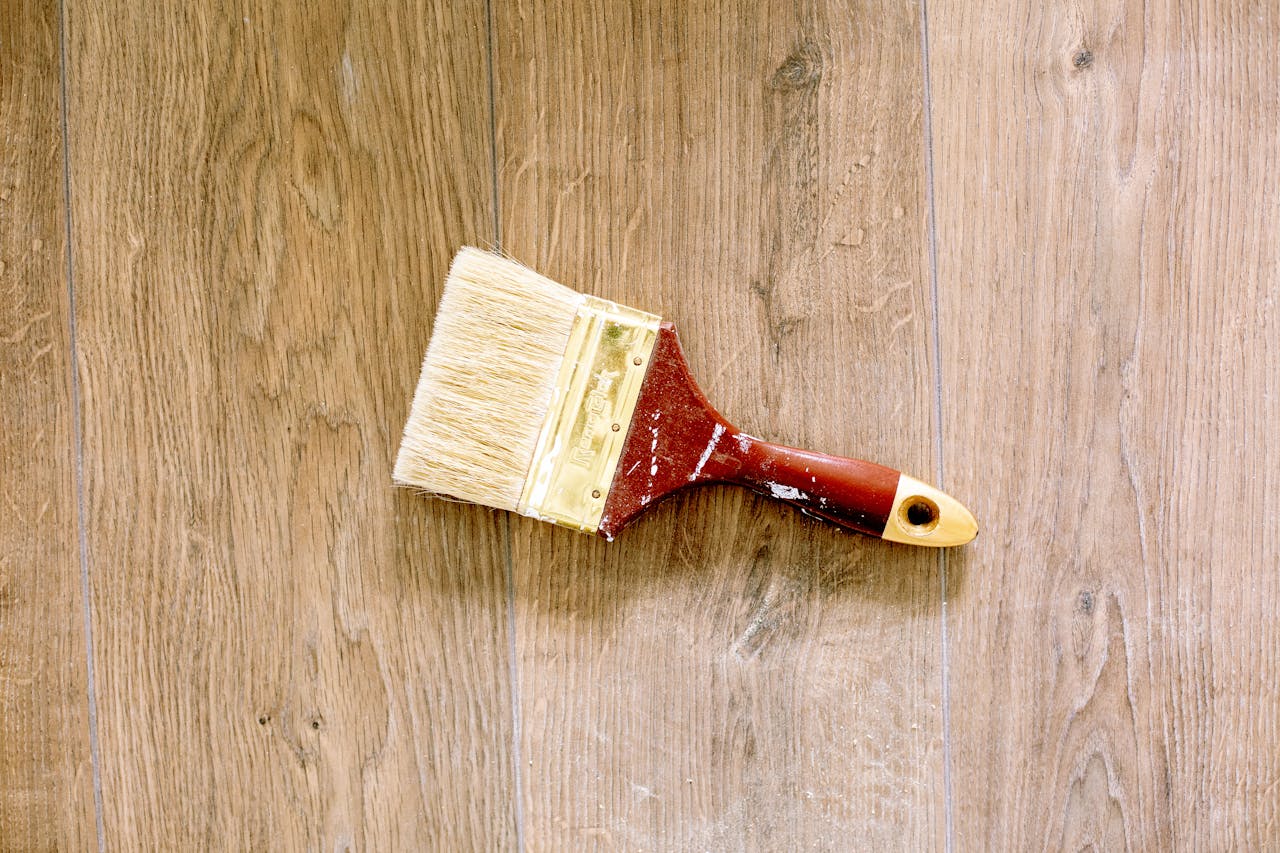Should you oil or varnish wooden stairs?
When it comes to preserving the beauty and longevity of wooden stairs, homeowners are often faced with the choice between oiling and varnishing. This decision not only affects the appearance of the stairs but also their durability and maintenance requirements. In this blog, we will explore the advantages and disadvantages of both treatments to help you make an informed decision.
Oiling Wooden Stairs
Oiling is a traditional method of treating wood that enhances its natural beauty and grain. It penetrates deep into the wood, providing nourishment and flexibility, which helps prevent cracking and splitting. Oils are available in a variety of types, including linseed, tung, and teak, each offering a different finish and level of protection.
Advantages of Oiling
- Natural Finish: Oil preserves the natural look of the wood, enhancing its grain and colour without creating a glossy surface.
- Easy to Repair: Scratches and marks on oiled stairs can be easily repaired by applying more oil to the affected area, blending seamlessly with the existing finish.
- Moisture Resistance: Properly oiled stairs resist water penetration, reducing the risk of rot and swelling.
Disadvantages of Oiling
- Regular Maintenance: Oiled surfaces require more frequent reapplication than varnished ones, usually every year or two, depending on foot traffic and exposure to sunlight.
- Less Protection: While oil offers some protection against wear and moisture, it is generally less durable than varnish, making it less suitable for high-traffic areas.
Varnishing Wooden Stairs
Varnishing involves applying a protective coating that sits on top of the wood, creating a hard, durable surface. Varnishes are available in various finishes, from matte to high gloss, allowing for flexibility in achieving the desired aesthetic.
Advantages of Varnishing
- Durability: Varnish forms a hard, protective layer that is highly resistant to scratches, dents, and moisture, making it ideal for stairs subject to heavy use.
- Low Maintenance: Once applied, varnish can last for several years without the need for reapplication, reducing maintenance efforts and costs.
- Versatile Finishes: With a range of available sheens, varnish can provide anything from a subtle, matte look to a glossy, polished appearance.
Disadvantages of Varnishing
- Preparation and Application: Applying varnish requires more preparation, including sanding the surface to ensure a smooth application. It also demands precision during application to avoid drips and brush marks.
- Difficult to Repair: Damage to varnished stairs can be more challenging to repair than oiled ones. The entire section often needs to be sanded down and refinished, which can be time-consuming and costly.
Making Your Choice
Should you oil or varnish wooden stairs? The decision between oiling and varnishing wooden stairs depends on several factors, including the desired aesthetic, the amount of foot traffic the stairs will endure, and how much maintenance you’re willing to perform. If you prefer a natural look and are willing to commit to regular upkeep, oiling may be the best choice. However, if durability and low maintenance are your priorities, varnishing could be the more suitable option.
Ultimately, both treatments offer their own set of benefits and drawbacks. Consider your lifestyle, the character of your home, and your long-term maintenance preferences when making your decision. Whichever option you choose, proper application and regular care will ensure your wooden stairs remain a beautiful and functional part of your home for years to come.

Why not check out our online staircase builder?




